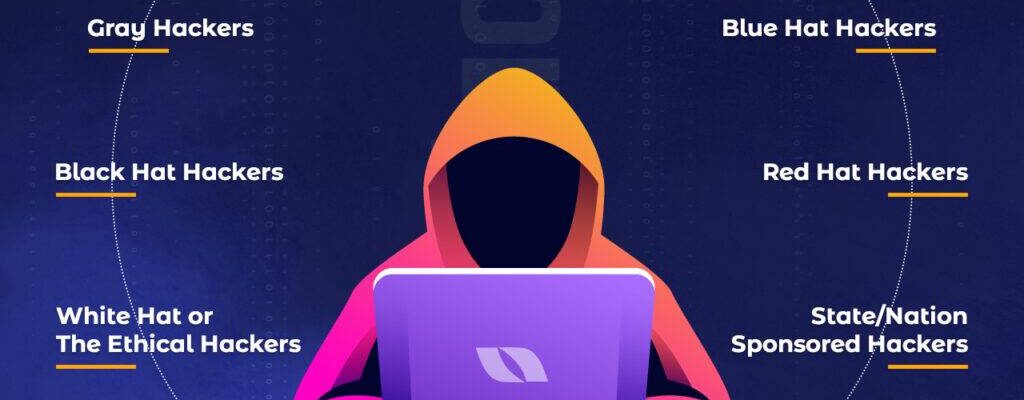In the fast-paced digital landscape, hashtags have emerged as powerful symbols that transcend mere trends. They…
Decoding the World of Hacking: Understanding Its Essence and Diverse Types
Ethical hacking to malicious cyber activities
In the intricate landscape of cybersecurity, the term “hacking” has become ubiquitous, often shrouded in mystery and misconceptions. This comprehensive guide aims to demystify hacking, providing a nuanced understanding of its essence and exploring the diverse types that exist. From ethical hacking to malicious cyber activities, we’ll unravel the complexities surrounding hacking in the digital age.
Section 1: The Fundamentals of Hacking
- Defining Hacking
- Understanding hacking requires clarity on its definition. This section will provide a comprehensive definition of hacking, exploring how it encompasses a range of activities from ethical penetration testing to malicious cyber intrusions.
1.2 The Evolution of Hacking
Hacking has evolved over the years, mirroring advancements in technology. From the early days of hobbyist hackers to the sophisticated techniques of modern cybercriminals, we’ll trace the evolution of hacking and its changing motivations.
Section 2: Ethical Hacking
2.1 What is Ethical Hacking?
Ethical hacking, also known as penetration testing, involves authorized professionals testing systems for vulnerabilities. This section will explore the role of ethical hackers, the legality of their actions, and their crucial contribution to cybersecurity.
2.2 The Importance of Ethical Hacking
Ethical hacking plays a pivotal role in strengthening cybersecurity defenses. This section will delve into the importance of ethical hacking, detailing how it helps organizations identify and address vulnerabilities before malicious hackers exploit them.
Section 3: Malicious Hacking
3.1 Types of Malicious Hacking
Malicious hacking encompasses a spectrum of activities aimed at unauthorized access, data theft, or disruption. This section will categorize and explain various types of malicious hacking, including phishing, ransomware, and DDoS attacks.
3.2 Motivations Behind Malicious Hacking
Understanding diverse the motivations behind malicious hacking is crucial for devising effective cybersecurity strategies. This section will explore different motives, from financial gain to ideological reasons, that drive individuals and groups to engage in cybercrime.
Section 4: Advanced Persistent Threats (APTs)
4.1 Unraveling APTs
Advanced Persistent Threats (APTs) represent a sophisticated and targeted form of cyber-espionage. This section will provide insights into the characteristics of APTs, their objectives, diverse and the challenges they pose to cybersecurity.
4.2 Mitigating APTs
Mitigating APTs requires a proactive and multi-faceted approach. This section will discuss strategies and best practices for organizations to protect themselves against advanced persistent threats.
Section 5: Hacking Prevention and Cybersecurity Measures
5.1 Strengthening Cybersecurity
Preventing hacking incidents involves robust cybersecurity measures. This section will outline essential practices and technologies that individuals and organizations can implement to enhance their cybersecurity posture.
5.2 The Role of Education and Awareness
Education and awareness are pivotal in the fight against hacking. This section will emphasize the importance of educating users about cybersecurity best practices and fostering a culture of cyber awareness.
Conclusion
As we conclude our exploration of hacking and its diverse types, it’s evident that the world of cybersecurity is ever-evolving. From ethical hacking as a proactive defense to malicious activities posing constant threats, understanding the nuances of hacking is crucial for individuals and organizations alike. By staying informed and adopting robust cybersecurity measures, we can navigate the digital landscape with resilience and safeguard our digital assets against the ever-present challenges posed by hacking.





This Post Has 0 Comments